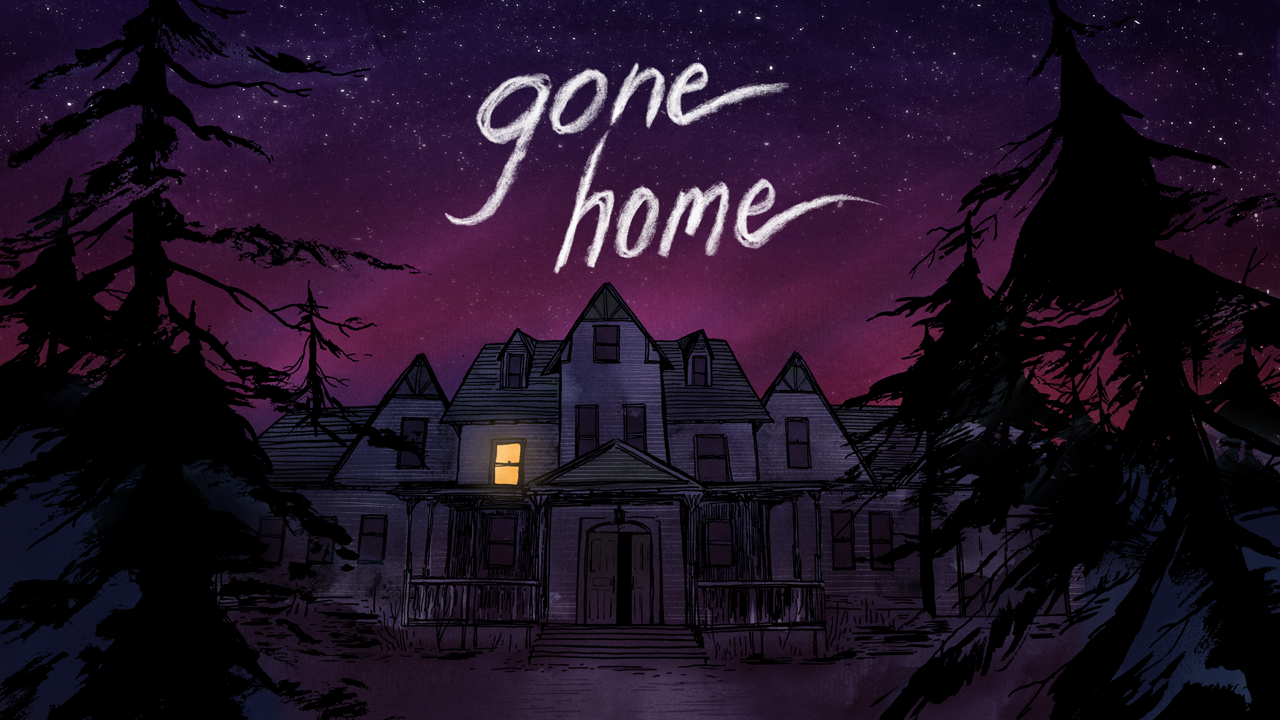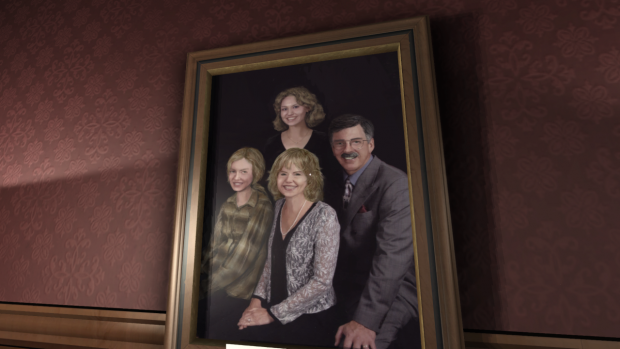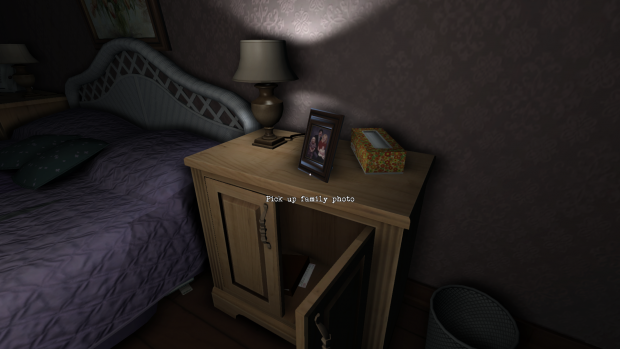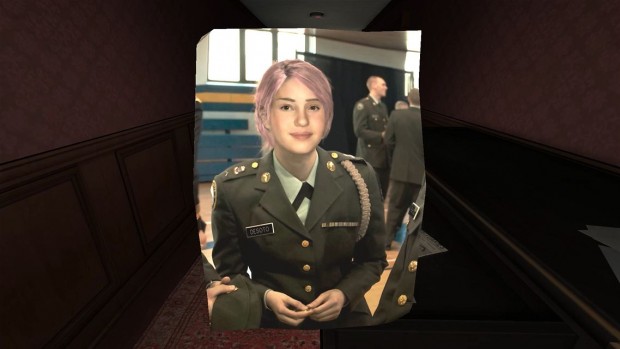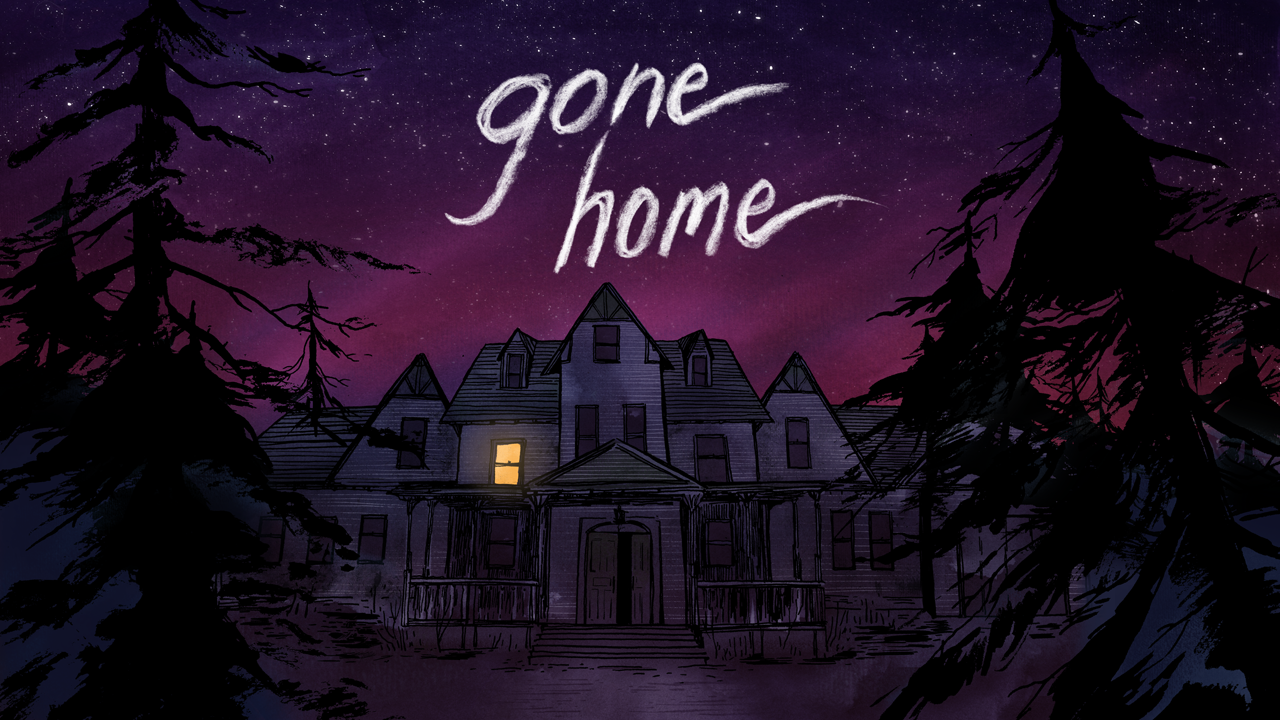When it was released in 2013, Gone Home was praised not only for its deep narrative appeal and style, but also because it cast aside traditional video game trappings, favouring exploration over combat and pitching a majority female cast who (shock/horror) all harbour their own opinions and agendas.
Now, two and a half years later, sexual equality in games may not have improved by much, but most would argue that gameplay has. And so I come to write this review experiencing something of a quandary: I found Gone Home to be so dull that it practically sent me to sleep on more than one occasion, but then again, so does Radiohead’s OK Computer every time I listen to it. Catharsis isn’t always a bad thing.
Here’s what I liked:
Wish you were here — Gone Home has the simple aim of telling a story, and it does so admirably. Unfolding through the eyes of one Katie Greenbriar as she arrives home after a European vacation and assisted by the cassette-bound voice of her sister Sam, the game invites us to delve deep into the lives of a seemingly normal American family. Of course, all is not as it seems. As we learn more, the cracks begin to show in a very believable, human way.
Country house — The key mechanism for developing the story is through exploration of the mundane items around the Greenbriars’ recently acquired home. The ebb and flow of these items is handled exceptionally well, with many of the less relevant, contextual stuff located in obscure (yet realistic) places and almost all of the key plot elements hidden in plain sight. This approach ensures appeal for both casual and dedicated explorers alike, although I would argue that the former will struggle to get much pleasure from Gone Home .
Common people — What makes Gone Home interesting is its cast of characters. Katie and Sam play the lead roles as the game’s eyes and mouth, but their parents, friends and peers are every bit as complete in their thoughts, feelings and actions. No letter, postcard or post-it note is devoid of feeling or personality, and for players who do more than scratch the surface, Gone Home will deliver very human highs and lows.
Here’s what I didn’t like:
Papering over the cracks — Unfortunately for Gone Home, it’s not 2013 anymore, and games have moved on a little. Yes, The Fullbright Company’s debut game still offers one of the strongest narrative experiences that the Xbox One has to offer, but it’s clearly showing its age graphically and doesn’t stand up to similar releases like Layers of Fear. It’s hardly a deal breaker that no graphical enhancements are present, but the console edition special features are a little limited (except the additional commentary, which is interesting), and it’s hard to see where any development effort went besides the actual porting.
Love ain’t no game — For those still reading, you’ve probably already realised this, but Gone Home isn’t really a game as such. It’s more like an interactive movie that unfolds through your exploration. There are no puzzles, no platforms to jump on and no bosses to fight. The reward comes from the story itself, and if that’s not your thing, then Gone Home isn’t likely to be either.
Wrap-up:
I can’t wholeheartedly recommend Gone Home to everyone because I’m not even sure how I feel about it. On the one hand, I found it pretty boring, but on the other hand, I stuck with it and soldiered on, drawn ever deeper into the lives of a family of altogether normal people. Gone Home succeeds because it is so spectacularly ordinary, managing to weave a compelling story from hundreds of notes both public and private, yet if you like your games to be more than just interactive walkthroughs, then you may not even get through the front door.
Score: Try It
Gone Home was developed and published by The Fullbright Company. It was released on January 12, 2016 for $19.99. A copy was provided by The Fullbright Company for review purposes.

